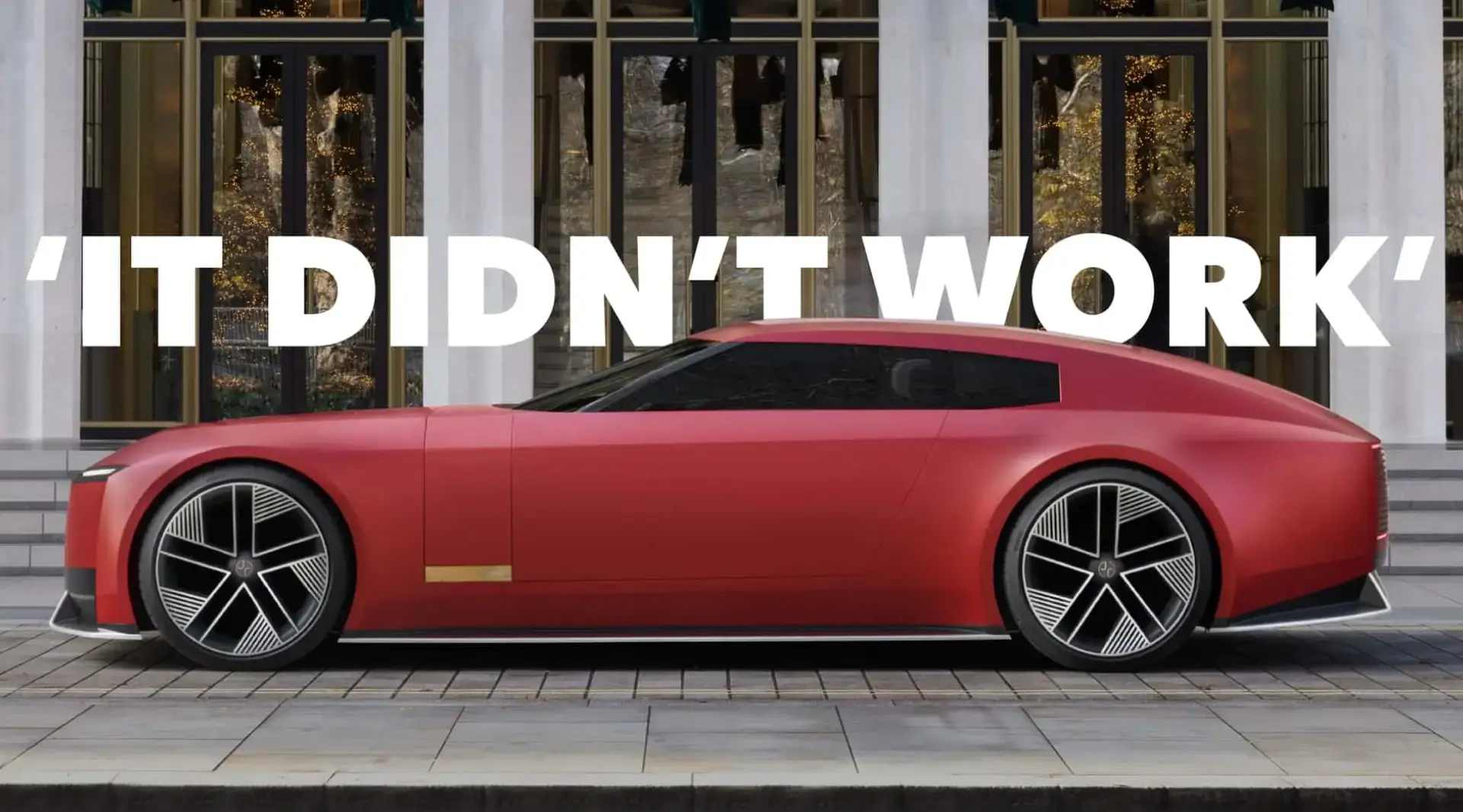The 2026 World Cup in North America: Cultural and Economic Impact
Updated on
Published on

In 2026, the FIFA World Cup will return to North America for the first time in over three decades, hosted by the United States, Canada, and Mexico. With 48 teams competing across three nations, it will be the biggest World Cup in history, and the tournament is expected to generate massive economic activity and cultural connections. The host cities are gearing up for an influx of tourists, potential economic gains, and the chance to showcase their cultures to a global audience.
This article dives into what the 2026 World Cup means for North America, looking at its cultural significance, economic impact, and potential long-term benefits for the host countries.
Economic Impact of the 2026 World Cup
The financial footprint of the 2026 World Cup is expected to be unprecedented. Estimates project the tournament will generate between $5 billion and $6 billion across the host nations, with cities receiving hundreds of millions each from tourism, advertising, and job creation. Here’s a breakdown of how this could play out.
The first city to host the 2026 World cup will be Toronto, Canada.

Tourism Surge and Revenue
Each host city can expect to receive a considerable boost from international visitors. An estimated 5 million fans from around the world are expected to travel to North America, contributing to sectors like:
- Hotels: Bookings are expected to increase significantly, with hotels seeing high occupancy rates.
- Restaurants and Bars: Fans will seek out dining and entertainment options, boosting local business.
- Transportation: Rental cars, taxis, rideshares, and public transport are expected to see increased demand.
In 1994, the last time the World Cup was in the United States, it generated over $1.4 billion for the host cities. The 2026 tournament, due to inflation, a larger number of games, and a bigger fan base, will likely exceed those figures.
Job Creation
In preparation for the World Cup, temporary and permanent jobs are expected to emerge in construction, event management, hospitality, security, and tourism sectors. Organizers will need thousands of workers to manage ticketing, security, hospitality, transportation, and more. Construction and renovation projects to prepare stadiums will also create new jobs in construction and related industries.

Local Investments and Infrastructure
To meet FIFA’s requirements, cities are investing heavily in stadium upgrades and transportation improvements, which are expected to generate lasting benefits. Enhanced public transit, new roads, and improved airport facilities will not only help handle the World Cup crowds but will benefit residents long after the tournament.
For instance:
- Stadium Upgrades: Host cities in all three countries are investing in facility upgrades to meet FIFA standards.
- Transportation: Improvements to public transit will help ease congestion during the games, but they will also remain beneficial long after the tournament.
These infrastructure projects tend to make cities more attractive for future events, helping them secure additional sports events, concerts, and conventions.
Sponsorship and Media Revenue
The 2026 World Cup is expected to see record sponsorship and advertising revenue. North America’s media market is one of the world’s largest, with millions of fans tuning in. High-profile sponsors are eager to associate with the event, given the potential for huge global viewership. The revenue from broadcasting rights, advertisements, and partnerships will contribute billions to the economy, with a sizable share going to the host countries.
Cultural Impact of the 2026 World Cup
Beyond economics, the World Cup’s cultural impact on North America could be significant. Hosting a global event brings diverse populations together, often creating opportunities for cross-cultural connections and mutual appreciation.
Promoting Soccer in North America
The United States, Canada, and Mexico already have strong soccer fan bases, but the World Cup could further boost the sport’s popularity. MLS has been growing steadily in the U.S., and a strong World Cup showing could give it an additional push. Similarly, Canada’s burgeoning soccer league, the Canadian Premier League, stands to benefit from increased fan interest.
Bringing the World Cup to North America could encourage youth participation in soccer programs. In 1994, the World Cup’s exposure helped establish MLS in the U.S. A similar effect could happen in 2026, especially in Canada and Mexico, where soccer is already deeply rooted in the culture.
Showcasing Diverse Cultures
Hosting cities across North America represent an incredible cultural diversity, from Mexico City’s rich traditions to Toronto’s vibrant multicultural community. Fans visiting these cities will have the opportunity to experience these unique cultures through food, music, and other cultural expressions.
In addition, each host city will likely organize cultural festivals, concerts, and fan events showcasing local talent and traditions. These events can help foster understanding, creating a lasting impact by bringing people from different backgrounds together.
Strengthening Diplomatic Ties
By hosting the World Cup together, the U.S., Canada, and Mexico demonstrate a unique example of international cooperation. The partnership may encourage further collaboration in other areas, such as trade, tourism, and environmental efforts. The 2026 World Cup symbolizes an opportunity for these nations to strengthen their connections.
Legacy and Long-Term Benefits for Local Soccer
For North America’s soccer leagues, the 2026 World Cup offers a chance to gain a new generation of fans. Youth leagues, schools, and community clubs may see increased participation as the tournament stirs interest among young people.
Host cities will also likely see increased investment in local soccer programs and facilities, which could lead to a stronger soccer culture across the region. The 1994 World Cup led to the establishment of Major League Soccer, which now boasts 29 teams. Canada and Mexico may see similar boosts, as investments in youth leagues and infrastructure are likely to help develop home-grown talent.
The Road Ahead for Host Cities
With the countdown underway, the host cities are working to ensure the tournament’s success. Here’s what they need to prioritize:
- Sustainable Development: Implement eco-friendly practices, as seen in other host cities. Renewable energy, waste reduction, and efficient transportation will be key in making the tournament sustainable.
- Local Community Engagement: Involve local communities in planning to ensure that they benefit from the improvements.
- Cultural Programming: Develop cultural programs and events to make each city stand out and attract international visitors.
- Security and Logistics: Plan for a safe experience. Security is essential for an event of this scale, and host cities must also ensure efficient crowd management.
- Promotion of Soccer Programs: Cities can leverage the World Cup to build long-term youth soccer initiatives. These programs can help channel the excitement of the tournament into increased youth participation.

Final Thoughts
The 2026 World Cup presents North America with an opportunity for both economic growth and cultural exchange. While the tournament itself will be short, its impact on tourism, infrastructure, and local soccer could benefit host cities long after the final game.
Through strategic planning and community engagement, host cities can ensure they maximize the long-term benefits of hosting the world’s largest sporting event. As these countries prepare to welcome the world, the 2026 World Cup has the potential to be an unforgettable event with lasting economic and cultural significance.







